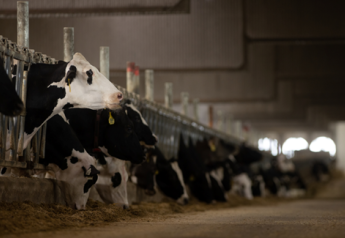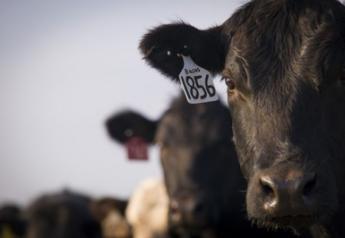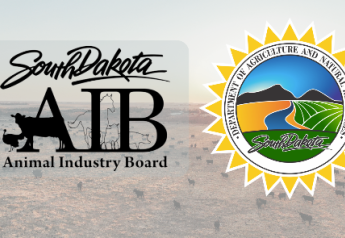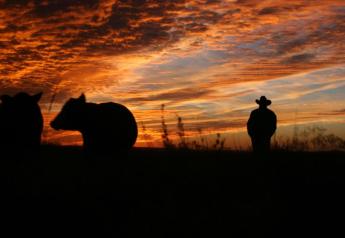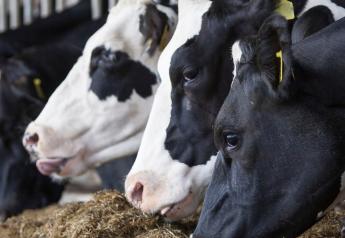Tips To Avoid Nitrate, Prussic Acid Poisoning Following Drought
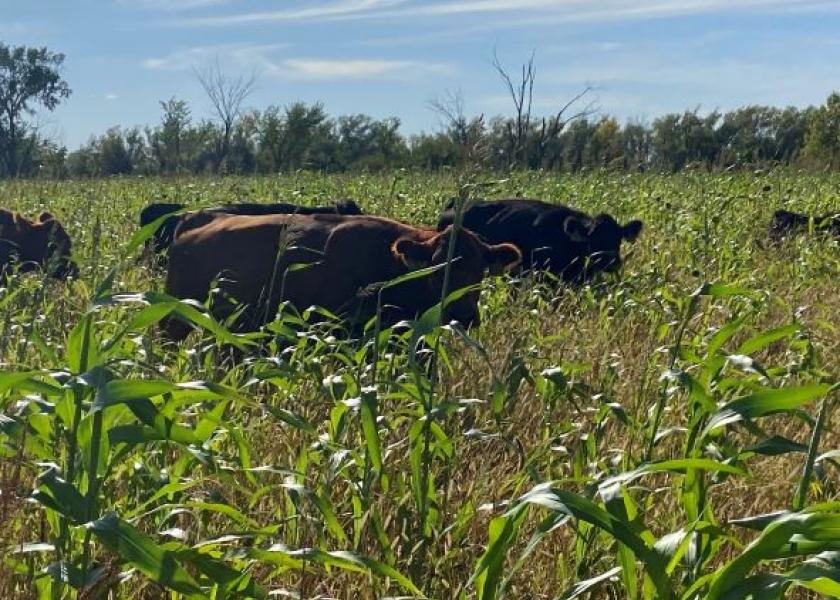
Nitrates and prussic acid build up in forages to levels dangerous to livestock during drought.
Livestock face severe illness and even death after eating affected forages, says University of Missouri Extension agronomist Jamie Gundel.
Nitrates tend to concentrate in the bottom third of the plant. It shows in the plant’s stem and stalks more than leaves, Gundel says.
Plants most susceptible to nitrate buildup include sorghum, Sudan grass, sorghum-Sudan grass hybrids, corn, millet and perennial grasses. Some weeds can also accumulate nitrates, including curly dock, jimsonweed, Johnson grass, kochia, lambsquarter, nightshades, pigweed, Canada thistle and smartweed.
Poisoning symptoms include labored breathing, muscle tremors, weakness, lack of coordination, diarrhea, frequent urination and dark red blood. Death usually occurs within four hours of consumption.
Gundel suggests the following to reduce nitrate levels in forages:
• Raise the cutter bar 6 inches or more above the ground.
• Test forages for nitrate levels.
• Wait three to five days or more after a “good” rain for plants to regrow before grazing.
• Increase residual grazing and/or harvest height.
• Make silage, which causes forage to lose 25%-50% of nitrates.
• Slowly increase nitrate levels in feed.
• Do not feed to reproductive stock.
• Most importantly, do not green chop and feed.
During drought, prussic acids also can cause high cyanide levels in stressed leaves of young plants of Johnson grass and some sorghum lines. Pearl millet is unaffected.
Prussic acid poisoning symptoms include accelerated breathing, foaming of the mouth and nose, involuntary urination, depression, inability to stand, muscle tremors and bright red blood. Death can happen within 15 minutes.
Prussic acid concentrates in the new growth of plants, especially after drought, frost or herbicide damage.
Levels drop over time and are not a problem in properly cured hay, says Gundel.
To avoid prussic acid poisoning, Gundel suggests the following:
• Graze when forage is over 18-24 inches tall. Avoid grazing plants under 2 feet tall, especially during dry weather.
• Do not graze hungry livestock on sorghum or sorghum-Sudan grass hybrids. Poisoning increases with the amount of high-risk forage consumed.
• Do not graze short regrowth forage after hay or silage harvest or after close grazing.
• Wait two weeks or until forage grows 2 feet to graze after a “good” rain following drought, frost or herbicide damage.
Do not graze sorghum, sorghum-Sudan grass, hybrids or Sudan grass during or after drought, or if plants show signs of moisture stress. Test for toxicity levels before grazing.
More information on forages is available from the Alliance for Grassland Renewal at grasslandrenewal.org. The alliance includes partners from university, government, industry and nonprofit groups.



